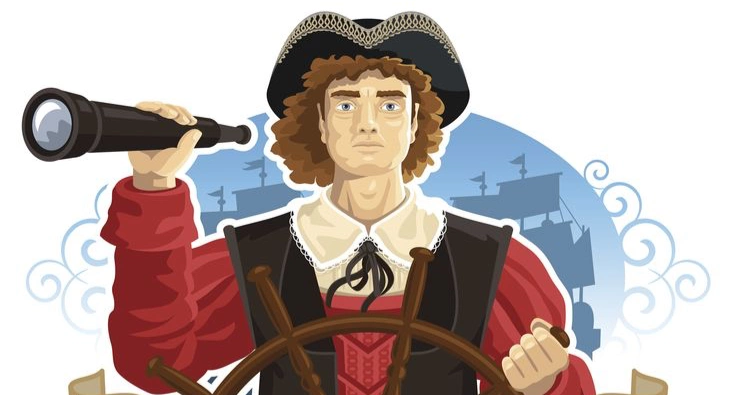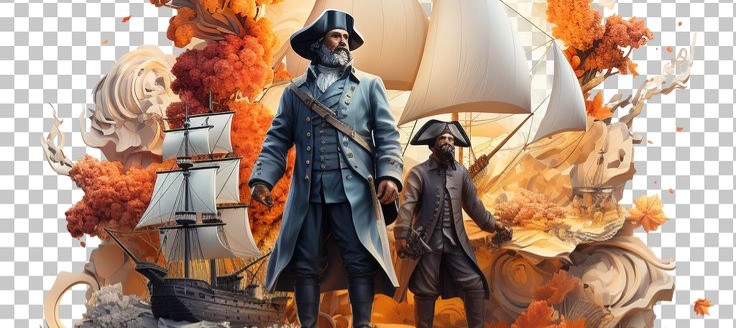Columbus Day and Indigenous Peoples’ Day — Two Perspectives, One Date
The second Monday of October in the United States holds two very different meanings, depending on who you ask. For some, it is Columbus Day, a commemoration of Christopher Columbus’s 1492 voyage that led to lasting connections between Europe and the Americas, and a celebration of the age of exploration. For others, it is Indigenous Peoples’ Day, a recognition of the deep histories, diverse cultures, and ongoing contributions of Native peoples who lived on these lands thousands of years before European contact.
Two Histories in One Day
For generations, Columbus’s arrival was taught as the beginning of a “New World” — a moment of discovery and progress. Yet for Indigenous peoples, this date marks the start of centuries of colonization, forced displacement, cultural suppression, and violence. Recognizing this painful truth does not erase the history of exploration, but it does broaden the narrative to include voices that have been silenced for too long.
Many states, cities, and institutions have chosen to rename or reframe this holiday to honor Indigenous perspectives. Indigenous Peoples’ Day acknowledges the resilience of Native nations, their survival against systemic oppression, and their enduring presence today.

Why Indigenous Peoples’ Day Matters
This day serves as both a memorial and a celebration. It remembers the injustices faced by Indigenous communities while celebrating their cultural strength, creativity, and wisdom. It is an opportunity for people across the country to learn about Native history beyond stereotypes, to explore the richness of their traditions, and to understand how colonial history continues to impact Indigenous lives today.
For Indigenous youth, this recognition can be deeply affirming — reinforcing pride in their identity and heritage. For non-Indigenous people, it offers a moment to reflect, listen, and engage with a more complete and honest account of history.
Ways the Day Is Observed

Communities mark the day in different ways:
- Cultural Festivals: Traditional dances, music, food, and art that showcase Indigenous heritage.
- Educational Programs: Lectures, panel discussions, and storytelling focused on Native history, sovereignty, and environmental stewardship.
- Advocacy Initiatives: Campaigns supporting Indigenous rights, language revitalization, and the protection of sacred lands.
- Community Gatherings: Ceremonies to honor ancestors and strengthen connections between generations.
The Core Message
Whether it is called Columbus Day or Indigenous Peoples’ Day, the second Monday in October has become a time for reflection, conversation, and change. It is not about erasing one version of history in favor of another, but about embracing the full complexity of the past.
Acknowledging both perspectives allows us to move toward reconciliation — creating a future where respect, cultural preservation, and truth-telling are shared values. By opening our hearts and minds to all sides of the story, we take a step toward building a more inclusive and just society.
Close